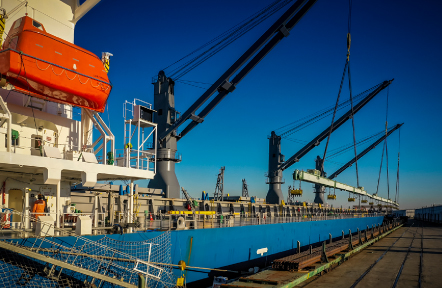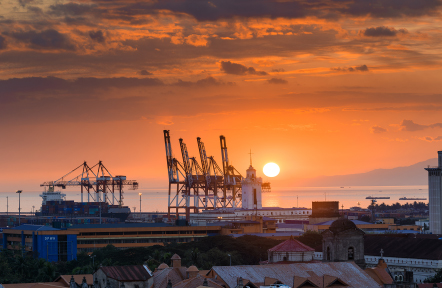Since it gained independence from the former Soviet Union in 1992, Kazakhstan has been one of the world’s most resilient economies. Until the end of the commodities boom in 2013, the oil-rich country reported GDP growth of between 4 percent and record-highs of 8 percent.

With the influx of foreign capital, more than a dozen Japanese firms set up operations in the Central Asian republic, such as Tokyo-based oil and gas producer Inpex, located in western Kazakhstan. One of one of Japan’s oldest and largest conglomerates, Sumitomo, secured some of Kazakhstan’s flagship projects, among them power plant construction and uranium development.
Often, these Japanese companies operate in joint partnership with local companies such as KEGOC, the national electric grid company. In Sumitomo’s case, it partnered with state-run KazAtomProm, which oversees the country’s strategic uranium reserves.
JETRO Director General Manabu Shimoyashiro pointed out that while oil and gas exports and rare earth mining make up the bulk of trade between Japan and Kazakhstan, new opportunities in construction, infrastructure and logistics continue to come up.
The logistics sector is especially ripe for increased Japanese investment as Kazakhstan President Nursultan Nazarbayev launched a huge infrastructure program dubbed “Nurly Zhol” or Bright Path. The economic stimulus package involves the improvement of roads, railroads, bridges, and airports, all aimed at enhancing the country’s position as an entrepot between China and Western Europe.
Being the world’s eighth-largest country by land area, Kazakhstan’s agriculture sector is also predisposed for investment.
“We promote Kazakh agricultural products at Japan’s FOODEX as a way to introduce high quality fruits and nuts to the Japanese consumer. While it is still too early to scale up Kazakh agricultural exports to Japan, Japanese people were impressed by the rich and flavorful taste of Kazakhstani fruits such as apples,” Shimoyashiro said.
So, what are the prospects of Japan’s involvement in the Kazakh economy?
An expert on Central Asia who speaks fluent Russian and Mongolian, Shimoyashiro sees a bright scenario in the near future, especially when direct flights between Tokyo and Almaty happen.
“The daily flight between Tokyo to the Mongolian capital Ulaanbaatar saw more than 100 Japanese companies and SMEs to flourish in a country with a population of 2 million, which is just as big as Kazakhstan’s largest city, Almaty. We do not know when. But I see Kazakh tourism and SMEs as the biggest winners once those directs flight are established,” Shimoyashiro said.












